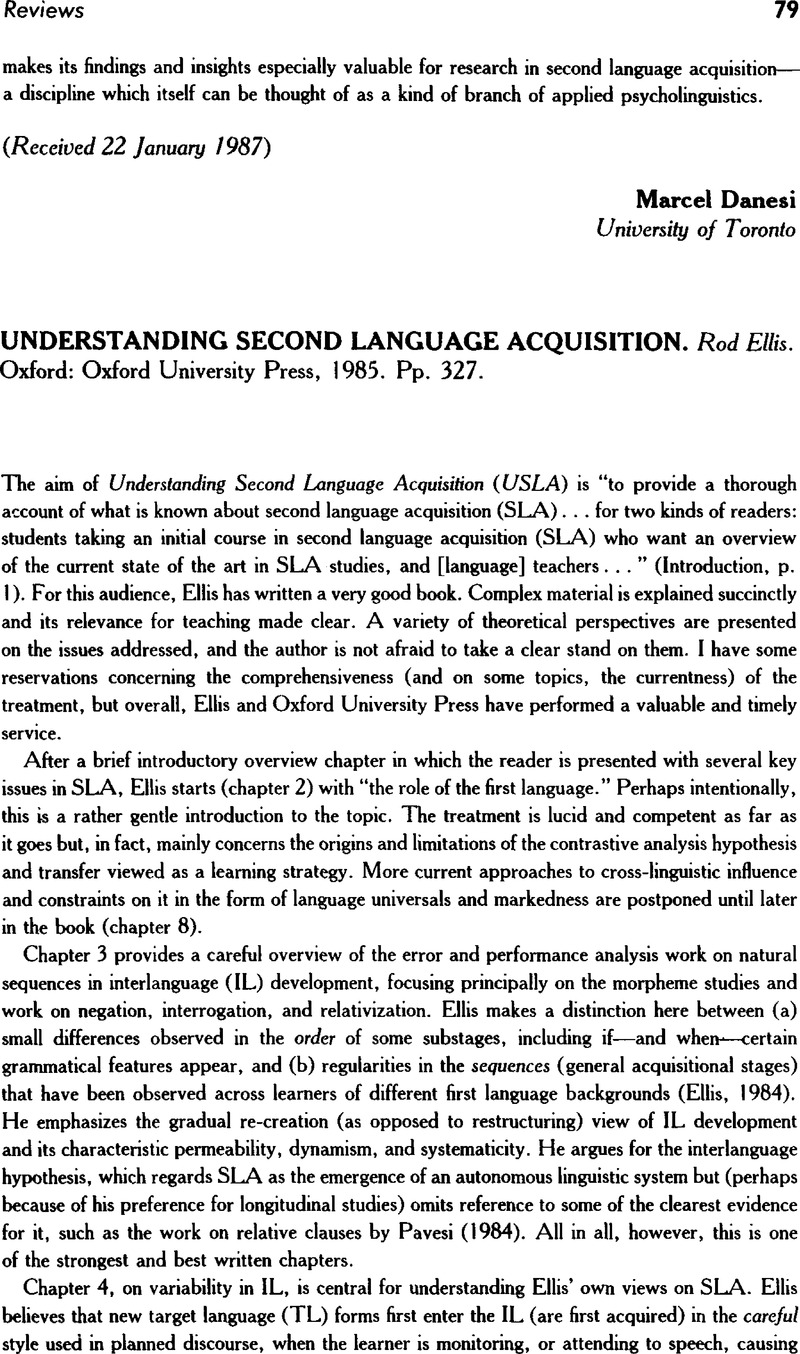Crossref Citations
This article has been cited by the following publications. This list is generated based on data provided by Crossref.
Joshi, Jagdish
and
Advani, Priya
2021.
SECOND LANGUAGE ACQUISITION: AN ANALYTICAL STUDY OF PREVAILING DESIDERATUM OF ENGLISH LANGUAGE.
Towards Excellence,
p.
15.
Li, Chenxi
2022.
The role of gaze in meaning negotiation episodes in video synchronous computer-mediated interactions.
Journal of China Computer-Assisted Language Learning,
Vol. 2,
Issue. 1,
p.
100.





